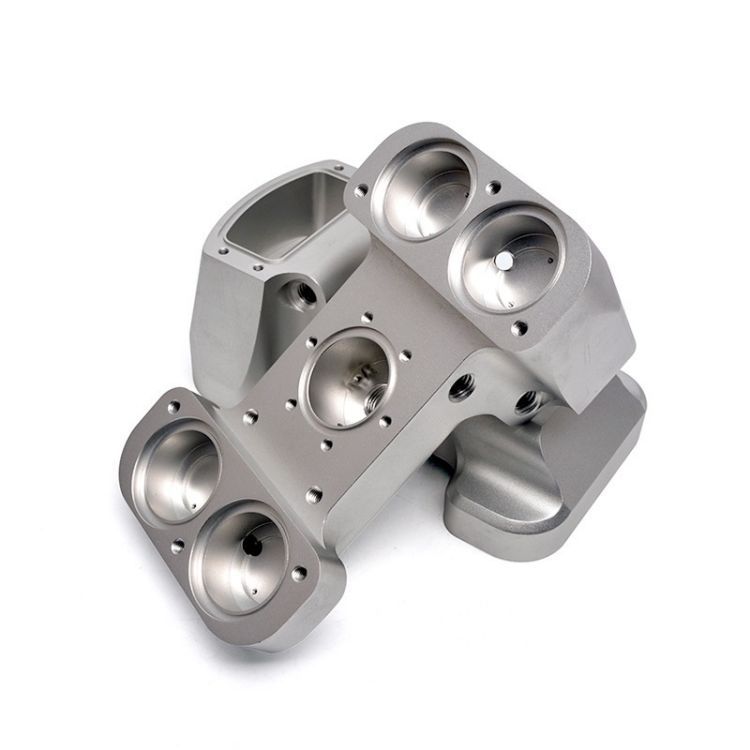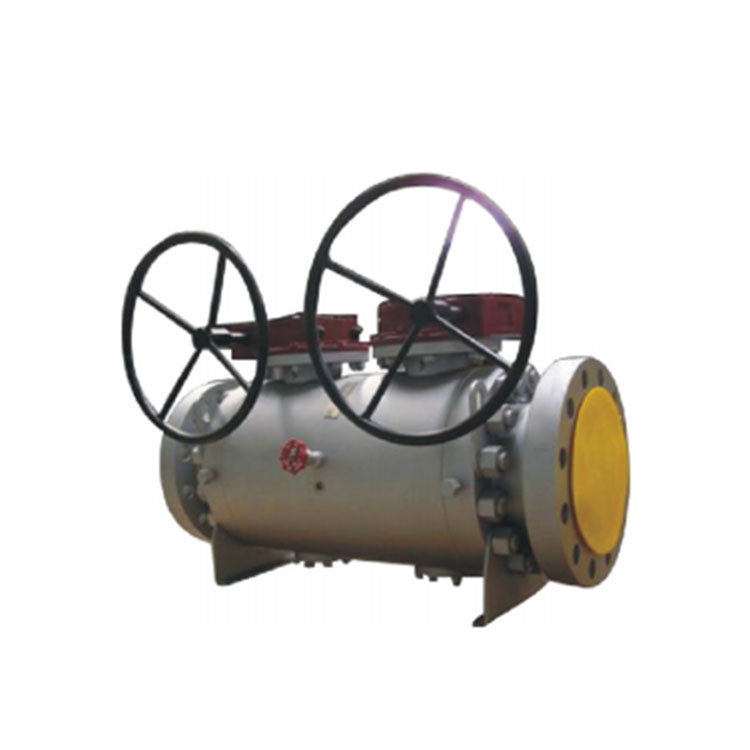How does CNC lathe milling differ from conventional machining methods?
CNC lathe milling and conventional machining methods are two distinct approaches to material removal and shaping processes. While they share similarities, they differ significantly in terms of operation, control, and capabilities. Here are some key differences between CNC lathe milling and conventio......
Send Inquiry
Product Description
CNC lathe milling and conventional machining methods are two distinct approaches to material removal and shaping processes. While they share similarities, they differ significantly in terms of operation, control, and capabilities. Here are some key differences between CNC lathe milling and conventional machining methods:
1. Automation and Control:
- CNC Lathe Milling: CNC (Computer Numerical Control) lathe milling is a computer-controlled machining process. It uses pre-programmed instructions to control the movement of the cutting tool and workpiece. The CNC system allows for precise and automated machining with minimal manual intervention.
- Conventional Machining: Conventional machining, on the other hand, relies on manual operation. Machinists manually operate the cutting tools, adjust machine settings, and guide the workpiece during the machining process. It requires skilled operators with expertise in manual machining techniques.
2. Flexibility and Complexity:
- CNC Lathe Milling: CNC lathe milling is highly versatile and capable of producing complex shapes and contours with great accuracy. The CNC system can easily switch between different cutting tools and machining paths, making it suitable for a wide range of parts and designs.
- Conventional Machining: While conventional machining can handle relatively simple parts effectively, it may struggle with intricate and complex geometries. Producing complex shapes manually requires more time, skill, and precision, and may not achieve the same level of consistency as CNC machining.
3. Setup Time and Changeovers:
- CNC Lathe Milling: CNC machining reduces setup time and changeovers significantly. Once the CNC program is prepared and loaded into the machine, it can produce multiple parts with consistent accuracy without the need for frequent manual adjustments.
- Conventional Machining: Conventional machining typically requires more setup time and manual adjustments between parts. Each changeover involves adjusting tools, workpiece positioning, and machine settings, which can be time-consuming and may lead to variations in part dimensions.4. Precision and Repeatability:
- CNC Lathe Milling: CNC machining offers excellent precision and repeatability. The computer-controlled movements ensure that each part is produced with consistent accuracy, leading to high-quality finished products.
- Conventional Machining: While skilled machinists can achieve good precision in conventional machining, it may not match the level of consistency and repeatability offered by CNC machining.
5. Workforce Skill Requirements:
- CNC Lathe Milling: CNC machining reduces the dependency on highly skilled operators, as much of the process is automated. However, CNC programming and setup still require skilled professionals.
- Conventional Machining: Conventional machining relies heavily on the expertise of experienced machinists who can manually operate the machines and make real-time adjustments during the machining process.
Both CNC lathe milling and conventional machining have their respective strengths and applications. CNC machining excels in precision, automation, and complex part production, while conventional machining remains relevant for certain specialized tasks and unique applications that require the skill of experienced machinists. The choice between the two methods depends on factors such as the complexity of the parts, production volume, budget, and desired level of automation.









